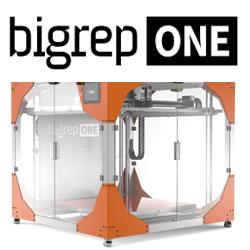The Line Between Hype And Reality For Robotic Process Automation
Why Robots and Humans Struggled with DARPA's Challenge
ROS101: Creating Your Own Rqt Dashboard
Watch DARPA Robotics Challenge Finals Live Online
5 things to know about the DARPA Robotics Competition
Amazon Picking Challenge aimed at improving warehouse robotics
CLEARPATH ROBOTICS ANNOUNCES MOBILITY SOLUTION FOR RETHINK ROBOTICS' BAXTER ROBOT
April Equity Deals, Acquisitions and Chinese Funds
Paralyzed man can now use his mind to shake hands, drink beer using robotic arm
Simulating Clearpath Robots In Maplesim
ABB's Acquisition of Gomtec Expands Collaborative Robotics Portfolio
25 teams prepare for 2015 DARPA Robotics Challenge Finals
Stephen Hawking fears robots could take over in 100 years
Video - Axium's Robotic Rotary Welder for Zeta Tank
Announcing the 2015 Soft Robotics Competitions!
Records 691 to 705 of 779
First | Previous | Next | Last
Additive & 3D Printing - Featured Product

